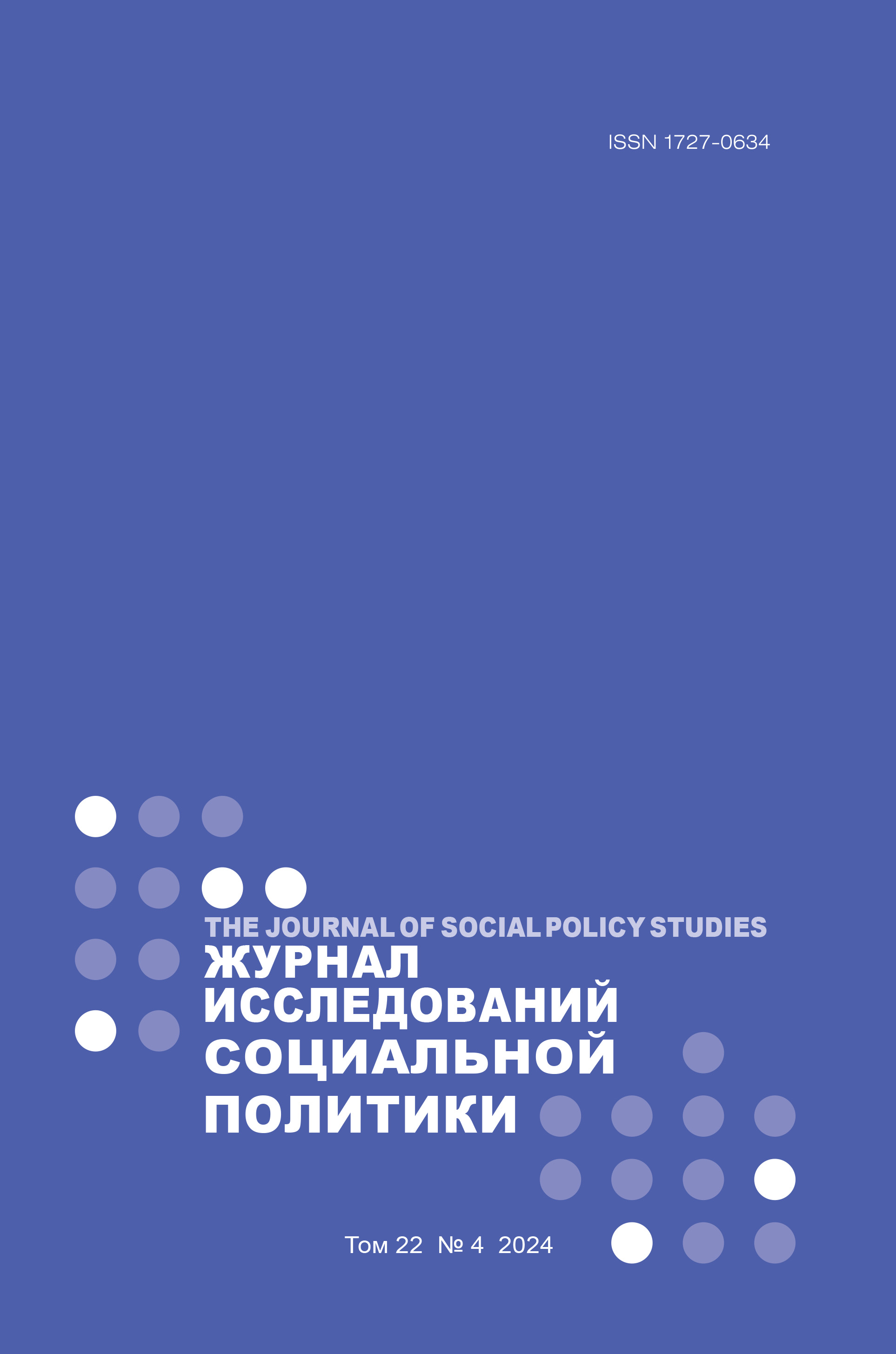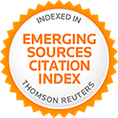Социально-демографические факторы мотивации социального участия пожилых россиян
Аннотация
Исследование, выполненное на данных анкетного опроса 520 жителей Свердловской и Ростовской областей в возрасте от 60 до 98 лет, раскрывает значительные различия в мотивации социального участия пожилых в зависимости от таких социально-демографических характеристик как пол, возраст, семейный статус, уровень образования и трудовая занятость. Полученные данные подчеркивают двойственную природу возраста, выступающего как биологический факт и как социальный конструкт, который формирует разные стратегии социальной активности. Так, у пожилых людей в «ранней старости» (60‒69 лет) чаще проявляется прагматическая мотивация, ориентированная на достижение личных целей и материальных выгод. В «средней старости» (70‒79 лет) просоциальная мотивация, основанная на желании помогать другим, приобретает более выраженное значение. В «четвертом возрасте» (80 лет и старше) преобладают реципрокные мотивы, ориентированные на взаимопомощь и поддержку со стороны окружающих. Результаты исследования также показали, что уровень ресурсности, определяемый такими показателями как образование, статус занятости, семейное положение и наличие городской инфраструктуры оказывает влияние на направленность мотивации. Высокая ресурсность коррелирует с просоциальной мотивацией: пожилые люди, обладающие высоким уровнем образования, стабильным семейным статусом и живущие в городских условиях, чаще мотивированы к участию ради самореализации и помощи другим. Напротив, наличие трудовых, финансовых и семейных обязательств, характерное для работающих старшего возраста, способствует прагматической мотивации. Кроме того, низкая ресурсность (преклонный возраст, низкий уровень образования, проживание в социальных учреждениях) связана с приоритетом реципрокных мотивов. Это говорит о потенциальных рисках принуждения к социальной активности для пожилых людей, находящихся в уязвимом положении. Дефицит ресурсов и зависимость от внешней помощи могут приводить к некритичному принятию любых форм активности, в том числе деструктивных, что может усиливать их стигматизацию и социальную депривацию. Выявленные в исследовании связи между мотивацией социального участия и ресурсностью старшего поколения подчеркивают необходимость гибкой социальной политики, учитывающей разнообразие условий и возможностей для поддержки активного долголетия и вовлеченности пожилых людей в социальную жизнь.















